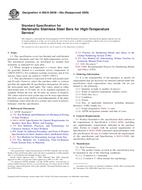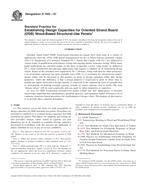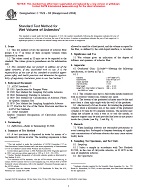1.1 This practice covers the evaluation of the performance of diffusive samplers of gases and vapors for use over sampling periods from 4 to 12 h and for wind speeds less than 0.5 m/s. Such sampling periods and wind speeds are the most common in the indoor workplace setting. This practice does not apply to static or area sampling in wind speeds less than 0.1 m/s, when diffusion outside the sampler may dominate needed convection from the ambient air to the vicinity of the sampler. Given a suitable exposure chamber, the practice can be extended to cover sampler use for other sampling periods and conditions. The aim is to provide a concise set of experiments for classifying samplers primarily in accordance with a single sampler accuracy figure. Accuracy is defined (3.2.2) in this standard so as to take into account both imprecision and uncorrected bias. Accuracy estimates refer to conditions of sampler use which are normally expected in a workplace setting. These conditions may be characterized by the temperature, atmospheric pressure, humidity, and ambient wind speed, none of which may be constant or accurately known when the sampler is used in the field. Furthermore, the accuracy accounts for the effects of diffusive loss of analyte on the estimation of time-weighted averages of concentrations which may not be constant in time. Aside from accuracy, the samplers are tested for compliance with the manufacturer's stated limits on capacity, possibly in the presence of interfering compounds.
Product Details
- Published:
- 10/01/2018
- Number of Pages:
- 8
- File Size:
- 1 file , 130 KB


